How an investment fund can contribute to responsible AI in healthcare
Illustration: Max Kisman
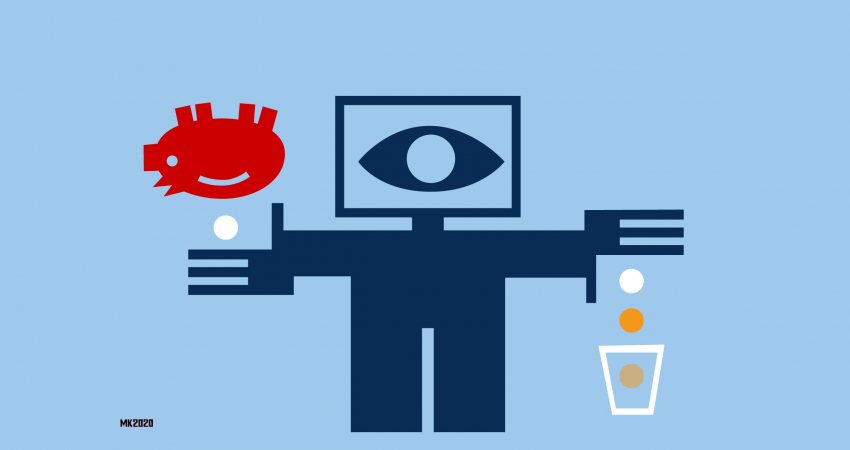
In the blog series 'Healthy Bytes' we investigate how artificial intelligence (AI) is used responsibly for our health. In this seventh part, Peter Haasjes, affiliated with NextGen Ventures, describes how an investment fund can contribute to responsible AI in healthcare. He believes it is important that an innovation solves a real problem. As an investor, his concern is not only with the technology, but also with its possible practical application.
In short
- How is AI used responsibly for our health? That's what this blog series is about.
- Peter Haasjes describes how an investment fund can contribute to responsible AI applications in healthcare.
- As an investor, his concern is not only with technology, but also with the question: is technology a solution to a real problem?
Looking for good examples of the application of artificial intelligence in healthcare, we asked key players in the field of health and welfare in the Netherlands about their experiences. In the coming weeks we will share these insights via our website. How do we make healthy choices now and in the future? How do we make sure we can make our own choices when possible? And do we understand in what way others take responsibility for our health where they need to? Even with the use of technology, our health should be central.
Considerations of an investor
Nextgen Ventures is an investment fund with the aim of investing in companies that develop technology that can make healthcare cheaper and more accessible. Increasingly, AI forms the basis for this type of technology. In the technology in which we invest, we look for a double profit: both social and financial return. If customers and social stakeholders, such as patients and health insurers, see no value in the technology, it becomes difficult to make the company profitable.
For example, Noaber Foundation, one of Nextgen Ventures' partners, has invested in a company that can estimate the risk of blood poisoning (sepsis) in patients using patient data from a database - a HIS, or hospital information system. Studies show that around 6% of all patients in intensive care are affected by sepsis, resulting in a mortality rate of between 28% and 55%. If sepsis is detected at an early stage, antibiotics can be administered and mortality can be significantly reduced.
We have also invested in a company that is developing software that will enable us to better predict whether immunotherapy will be effective in cancer patients in the future. Immunotherapy can have unpleasant side effects. There are many immunotherapies that benefit only a small proportion of patients. The AI application in which we invest can - thanks to massively parallel sequencing and subsequent data interpretation, among other things - analyse whether a patient benefits from immunotherapy. If this is not the case, the therapy, including side effects, does not need to be continued for an unnecessarily long period of time. A more personal approach to the administration of relatively expensive medication can also reduce healthcare costs.
If customers, patients and health insurers see no value in the technology, it becomes difficult to make the company profitable.
Selecting on the practical implications of an innovation
When selecting the companies in which we invest, we can indicate what we think is important. A company has to survive, so there has to be a market for the technological solution. Technology must also make a positive contribution to health care, at minimum or equal cost. But we cannot completely prevent a technological solution from making processes more expensive. We have no control over how customers of a company in which we have invested end up using the technology. If they only use the application as an add-on, there is not much we can do about it.
We see many AI innovations that can detect a disease or condition. Such inventions are interesting for research purposes, but their practical implications are not so great. Think of a technology that allows you to diagnose dementia at an early stage. First of all, there are not many treatments for dementia, so in practical terms an early diagnosis of dementia does not yield much. Secondly, not so many people come to the doctor and say that they suspect early dementia in themselves. So the algorithm in such an AI application cannot really be fed with the right data.
There are many developments and solutions in the field of AI, but they are often relevant to only a relatively small group and, therefore, their scope is not very large. Scaling up an innovative product is difficult and expensive. This requires scientific validation and the entrepreneur has to meet all sorts of standards in order to make their product ready for the market. An entrepreneur has to ask themselves from the start what problem he intends to solve and what the scope of this problem is.
An entrepreneur has to ask themselves from the start what problem he intends to solve and what the scope of this problem is.
No revolution with AI in healthcare
AI is mainly of added value in the analysis of large quantities of fairly homogeneous data. Such as the analysis of a database containing a lot of electronic patient data, for example, about a certain disorder. An algorithm is better able than a human being to analyse thousands of patients on the basis of a select number of characteristics, such as gender, inclusion criteria for a scientific study or characteristics of sepsis.
However, if it concerns a single patient, for example someone with a skin condition, an AI application cannot trigger all possible skin conditions and then conclude that it is a basal cell carcinoma and not a melanoma, squamous cell carcinoma or anything else. An AI application may be able to say with some certainty whether this patient has a melanoma, but that is not the patient's real question. The patient mainly wants to know what is going on with their skin and what the treatment options are. Making statements about individual patients with an individual question: we humans are still better at this than AI.
Making statements about individual patients with an individual question: we humans are still better at this than AI.
We have learned as investors that it is difficult to change processes in healthcare. That makes the acceptance of an innovation a challenge. For example, it turned out to be more difficult than we had expected to make care providers in the GGZ work with online modules, with which they could make parts of an intervention take place online using course material. Healthcare providers like to work in a certain way. Despite the technological possibilities, they still enter into the 'real' conversation with patients or clients.
AI applications automate bits of processes in healthcare. Step by step, they can improve healthcare, through a little more safety or time gain, for example. A doctor will always remain ultimately responsible for the output of a system. He or she will have to be able to trace how a computer has come to a certain insight. I think that in about five years' time, a radiologist will still be doing the same job as he or she does today. The technology is only silently introduced into their work via the industry. Without a real revolution in their work.
Artificial intelligence in healthcare: who decides?
Health
04 November 2020
Article
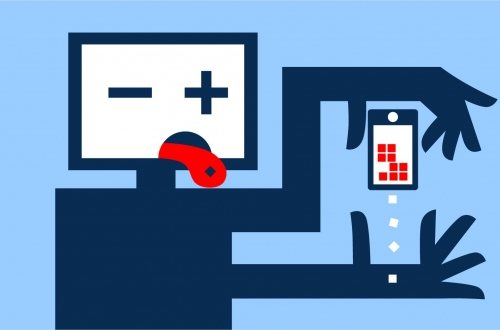
Policy for AI in health care: a balancing of values
Health
09 November 2020
Article
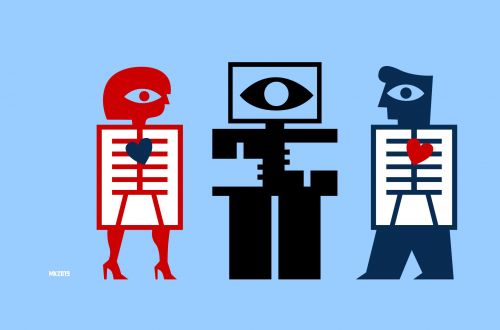
How AI helps a person with dementia eat their sandwich on time
Health
16 November 2020
Article
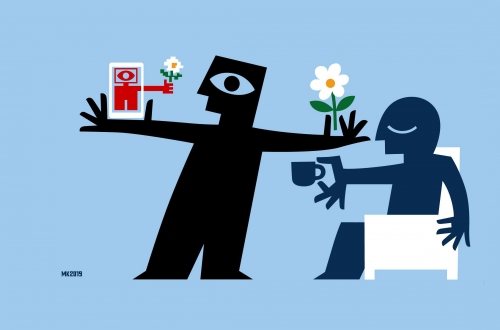
Responsible AI in healthcare: the value of examples
Health
23 November 2020
Article
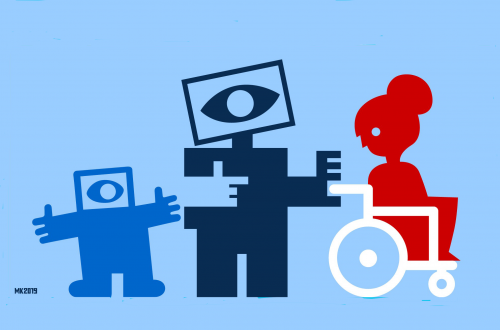
AI in care: implications for education
Health
30 November 2020
Article
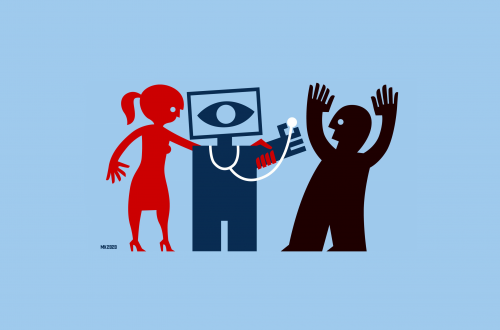
Entrepeneurship with AI in healthcare: need for cooperation and strategy
Health
07 December 2020
Article

Innovating with AI in healthcare: 'So people can participate in society'
Health
21 December 2020
Article
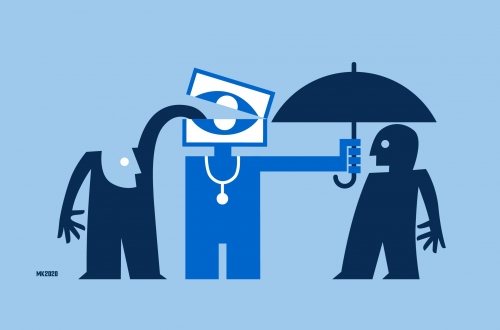
Towards healthy data use for medical research
Health
04 January 2021
Article
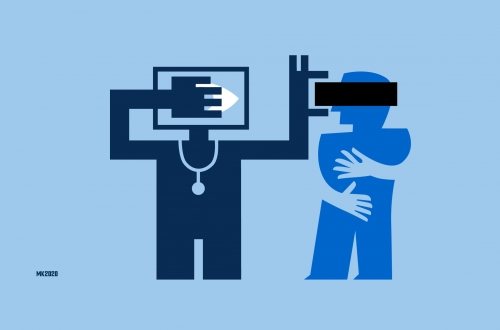
Towards proper management of data technology in healthcare
Health
11 January 2021
Article
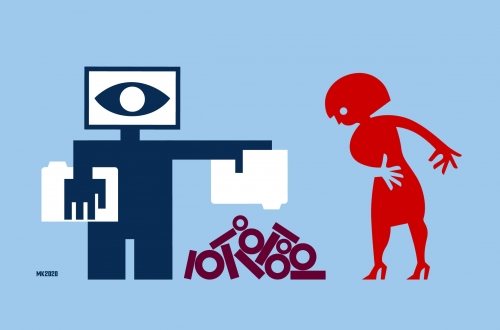
Innovating with AI in healthcare: 'Get the data in order first'
Health
18 January 2021
Article
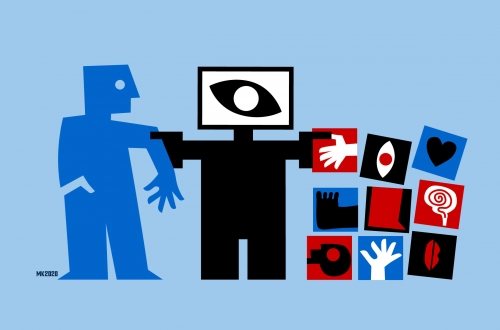
Artificial intelligence in healthcare: deciding together is crucial
Health
03 February 2021
Article

